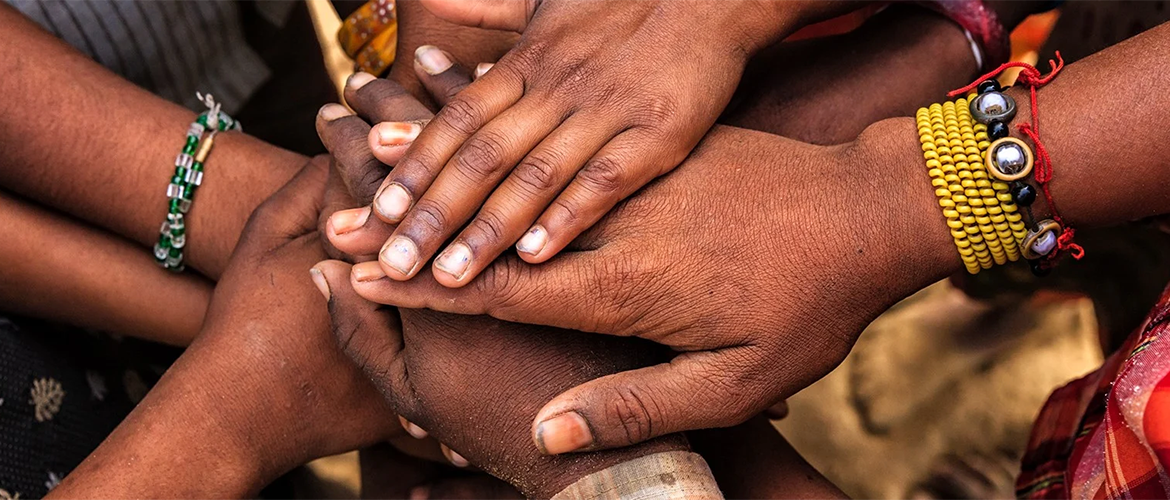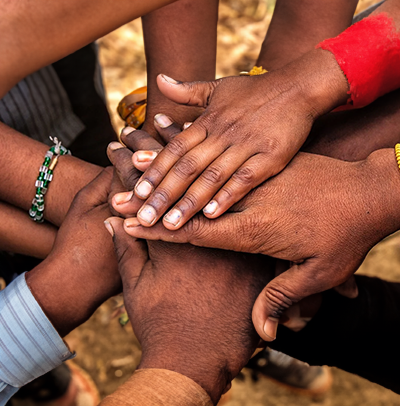

Despite increased social sector spending, India still lags on NITI Aayog’s spending targets required to meet SDG commitments by 2030
India’s social sector spending over the last five years experienced a robust annual growth of 13% and stands at approximately INR 23 lakh crore ($280 billion) in FY 2023 (8.3% of GDP). Public spending constitutes most of the social expenditure (95%). However, India continues to fall short of NITI Aayog’s estimated spending (13% of GDP) needed to meet the 17 UN Sustainable Development Goals (SDG) commitments by 2030, which include the eradication of poverty, quality education and healthcare, gender equality, and climate action.
Private philanthropy grew 10% in FY 2023, to INR 1.2 lakh crore ($15 billion). This faster growth (vs. FY 2018–2023’s 5% annual growth) was driven by growth in family philanthropy (15%) and retail (12%). However, segments like corporate social responsibility (CSR) and high-net-worth individual (HNI)/affluent donations grew moderately at 7%, despite an expanding donor base.
There has been a notable increase in corporate givers, as evidenced by the proportion of companies complying with the CSR mandate (2% of profits), which increased from approximately 30% in FY 2018 to more than 60% in FY 2022. Additionally, the share of non-BSE 200 companies participating in CSR initiatives rose from 50% in FY 2018 to 59% in FY 2022. CSR spending, however, grew moderately at 7% in FY 2023.
Under family philanthropy, the more than 60% growth in ultra-high-net-worth individual (UHNI) giving was driven by concurrent donors. However, HNI/affluent giving grew moderately at 7%. Data indicates that HNIs and affluent individuals have a higher propensity to give than UHNIs (more than 0.7% of net worth vs. 0.1% for UHNIs). Hence, there is potential to unlock a significant upside in donations from this segment with the surge in the Indian economy and capital markets.
Emerging data from GivingPi highlights heterogeneity in family philanthropy, signified by the giving approaches of diverse cohorts, especially women, Now-Gen, Inter-Gen, and professionals.
The number of collaboratives established in India per year has surged by about five times in the past three years, but future growth hinges on domestic momentum
Donors are increasingly becoming open to collaborating with other stakeholders and bringing the power of many to the table. Although the collaborative landscape in India is evolving, the past decade witnessed a substantial rise in the number of collaboratives, including networks, platforms, and pooled funds. In fact, beginning in 2020, based on a long list of the active collaboratives in the Indian landscape, the number of new collaboratives established yearly has surged by about five times. Collaboratives are beginning to tackle underfunded issues, especially since 2020, with approximately 53% of collaboratives focused on climate action and ecosystem strengthening.
While collaboratives are growing in India, the future depends on stewardship by domestic funders and civil society organizations. Philanthropy can help fortify India’s influence as a solutions provider and a hub for impact.
Copyright © 2024 Pink Chain Foundation . All right reserved